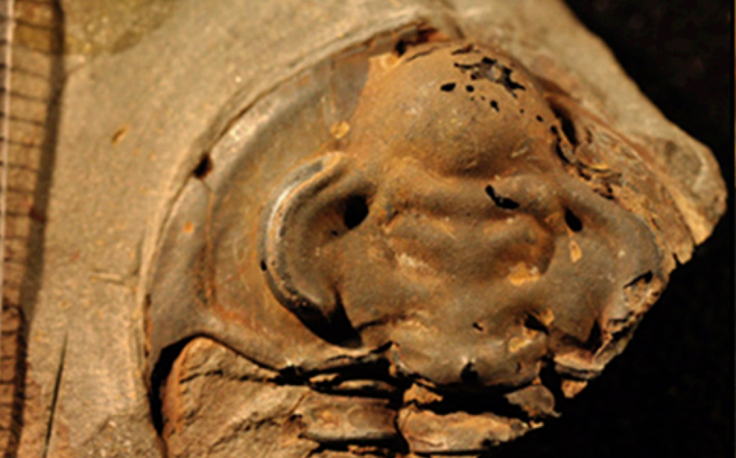Scientists May Have Discovered Oldest Eye Ever In 530-Million-Year-Old Fossil
A group of European scientists said they may have found the oldest eye ever discovered. The discovery was detailed in a paper published in the journal Proceedings of the National Academy of Sciences Monday. The scientists uncovered the eye while examining a well-preserved 530 million-year-old trilobite fossil.
A trilobite is the ancestor of spiders and crabs but is mostly related to modern-day horseshoe crabs. The trilobite existed during the Paleozoic era, 540-250 million years ago. Researchers found that the trilobite had an ancient precursor to the compound eye — “remnants of cellular systems, typical of a modern focal apposition eye, similar to those of a bee or dragonfly.”
The ancient eye lacked a lens like modern eyes, but researchers said the discovery is a key insight into the evolution of the eye.
“It is probably the oldest record of a visual system that ever will be available. This compound eye proved to possess the same kind of structure as the eyes of bees and dragonflies living today, but it lacks the lenses that are typical of modern eyes of this type,” said the researchers.
The new discovery showed that this version of the eye has existed for millions of year.
“This exceptional fossil shows us how early animals saw the world around them hundreds of millions of years ago,” said Euan Clarkson professor at Edinburgh University's school of geosciences to the BBC. “Remarkably, it also reveals that the structure and function of compound eyes has barely changed in half a billion years.”
The discovery was made in Estonia and was the right eye of the creature. The eye was partially worn away allowing the researchers to examine the details of the eye’s structure.
Fossils like this are rare, preservation is not common among ancient creatures like in this discovery.
“This may be the earliest example of an eye that it is possible to find,” said Brigitte Schoenemann to the BBC. She is a professor at Cologne University and was involved in the study. “Older specimens in sediment layers below this fossil contain only traces of the original animals, which were too soft to be fossilized and have disintegrated over time.”

© Copyright IBTimes 2024. All rights reserved.





















